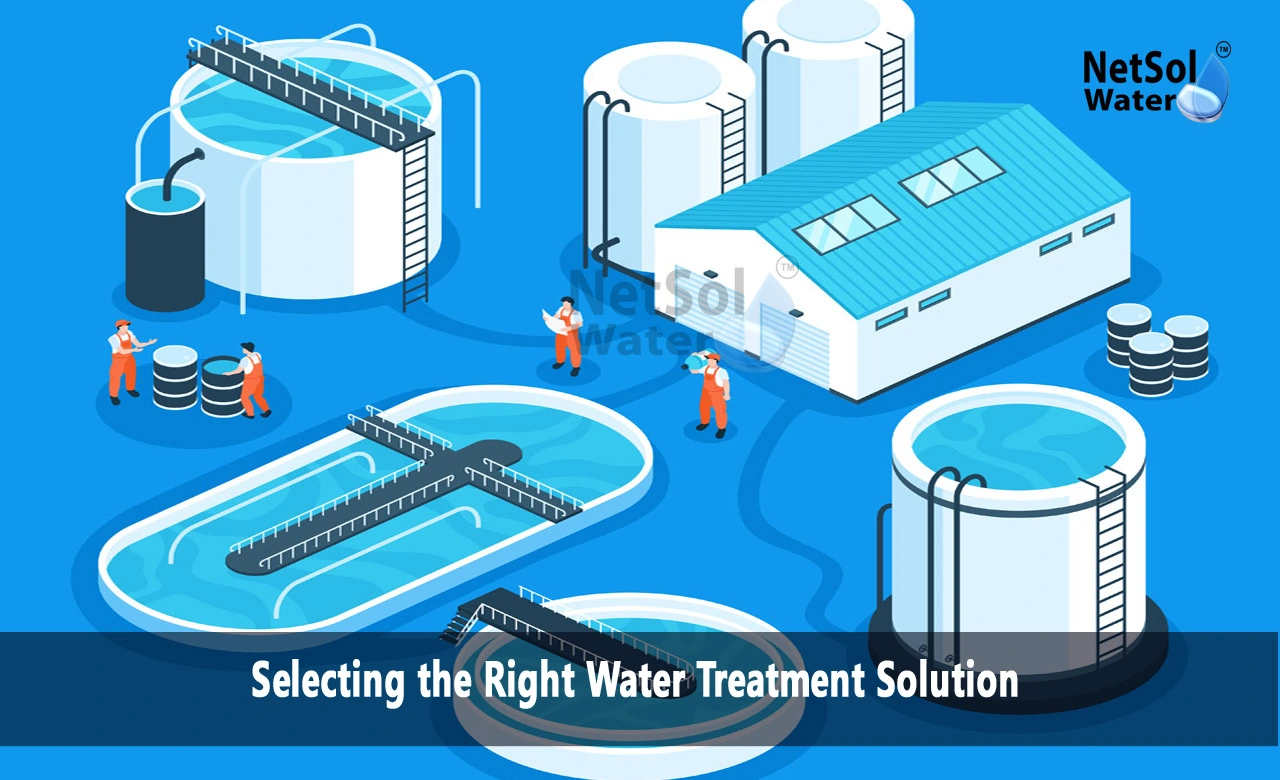Selecting the Right Water Treatment Solution: STP, ETP or RO Plant
The right water treatment system is needed to manage wastewater by industries and municipalities or to ensure clean water supply for residential areas. Here, whether it's a Sewage Treatment Plant or an Effluent Treatment Plant or a Reverse Osmosis Plant, each system has its specific requirements and works on different processes.
We will provides a comprehensive guide to understanding these technologies, factors influencing the choice, and how to make the right decision based on your requirements.
Knowing the Basics of STP, ETPand RO Plant
Sewage Treatment Plant (STP)
Purpose: Designed to treat domestic and municipal wastewater.
Key Features:
· Handles organic waste, pathogens, and suspended solids.
· Produces treated water suitable for irrigation or discharge.
Functions:
· Primary treatment for debris and sediment removal.
· Biological treatment to degrade organic matter.
· Tertiary treatment to achieve advanced purification.
Effluent Treatment Plant (ETP)
Purpose: Treating industrial wastewater with hazardous and non-biodegradable substances
Key Features:
· Chemicals, oils, and heavy metals are removed
· Regulatory discharge is very stringent
Functions:
· Physicochemical treatment to detoxify the effluents
· Biological processes for organic waste
· Industry-specific contaminants treatment by advanced process
Reverse Osmosis (RO) Plant
Purpose: Removal of dissolved salts, impurities, and contaminants from water
Key Features:
· Producing high-purity water for drinking or industries
· Requires pre-treatment to avoid fouling and scaling
Functions:
· Pre-treatment to avoid fouling and scaling in the RO membrane.
· Membrane filtration for separation of dirt
· Re-treatment for quality corrections
How to Choose Appropriate Water Treatment Solution?
1. Study water source and type
· STP: Best suited for domestic or municipal wastewater treatment
· ETP: Specially suited for industrial effluents containing specific pollutants
· RO Plant: Useful for high purity water requirement or brackish water source
2. Study usage criteria
· STP: To be used in irrigation, landscaping and safe disposal
· ETP: Essential for industrial compliance and environmental protection.
· RO Plant: Treat for potable use or specific industrial applications.
3. Assess Compliance with Regulations
· Ensure that the treatment system complies with local regulations on discharge and re-use to avoid fines.
Factors Influencing the Choice
1. Type of Contaminants
· STPs are aimed at organic wastes and pathogens.
· ETPs deal with toxic chemicals and industrial pollutants.
· RO Plants treat dissolved salts and micro-pollutants.
2. Purpose for which Water is Required
· Determine whether it will be re-used, discharged into the environment, or used for a specific purpose like manufacturing or drinking.
3. Quantity of Wastewater
· Medium to large-sized wastewater volumes may necessitate integrated systems involving STP, ETP, and RO together.
4. Cost Budget
· Capital and operational expenses including maintenance and energy costs
When to Use a Combination of Systems?
1. Multiple Sources Water Management
· STPs and ETPs for municipal and industrial waste treatment.
· Incorporation of RO plants to treat further the processed water.
2. Zero Liquid Discharge (ZLD) Systems
· STPs and ETPs decrease the volume of wastewater, and an RO plant recovers clean water to attain zero liquid discharge by ZLD systems.
3. Industrial and Municipal Integration
· Treat domestic sewage with STPs, industrial effluents with ETPs, and produce high-quality water for reuse using RO plants.
Benefits of Selecting Correct Technology
1. Efficiency In the Form of Optimization
· Wastage of energy and resources is lessened to the greatest extent through optimized processes.
2. Std. Compliance or Fulfillment
· STD compliance for discharge prevents environmental threat and saves from penalties.
3. Long-term Savings in Operations
· Properly selected systems reduce maintenance and running cost.
4. Environmental Acceptability
· Prevents wastage of water and encourages recycling and reusing.
Common Mistakes to Avoid
· Overlooking Pre-Treatment Needs: Pre-treatment is necessary, especially for RO plants, to avoid fouling and scaling.
· Neglecting Future Water Needs: Plan for scalability to accommodate increased demand in wastewater or water.
· Neglect of Maintenance: Failure to maintain the system may make it less efficient, more costly, and even prone to breakdown.
· Sole Focus on Initial Costs: Consider lifecycle costs, including energy, consumables, and replacement parts.
Conclusion
In choosing the appropriate water treatment solution—whether that is an STP, an ETP, or a RO plant—it is important to understand your source of water, its contaminants, and intended use. Even though each technology has a unique purpose, an integrated approach can address complex challenges in water management. Considering your specific needs, regulatory requirements, and budget will ensure sustainability as well as cost-effectiveness for the chosen solution. Opting for the proper technology is not just a choice but an investment in water security and the environment.
Do you need an advice or assistance on selecting the best water and waste water treatment unit? We have solutions for all your problems!
Let us know your problem, our experts will make sure that it goes away.
For an assistance or related query,
Call on +91-965-060-8473 Or write us at enquiry@netsolwater.com



